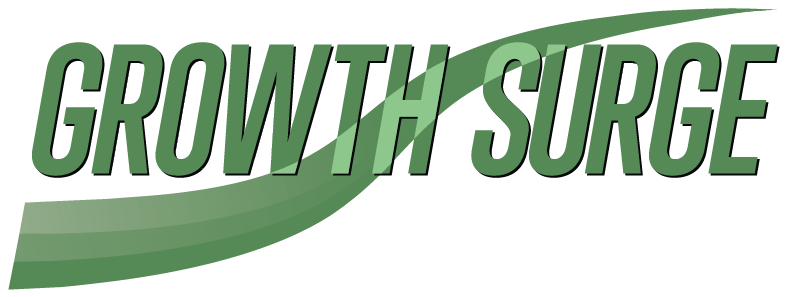Creating A Proper Cash Flow Forecast
Several weeks ago, I published a list of common funding requirements. While most of them are self-explanatory, there's one in particular that deserves closer scrutiny: the cash flow forecast.
Most funders will want to see a cash flow forecast, even if they aren't lending against cash flows. Regardless of how much collateral is available, lenders would rather be repaid than have to seize and liquidate assets.
Many small business owners grossly under-estimate the scope and complexity of a proper cash flow forecast. They often assume that it's as simple as:
Sales
(less) Cost of sales
(less) Overheads
This is actually just a profit and loss forecast. It's a decent starting point, but it doesn't reflect your actual cash inflows and outflows. Unless you're buying and selling everything on a cash basis, you're going to have some customers purchasing on account and some suppliers affording you time to settle what you owe.
In addition to these receivables and payables, you may also have inventory or work in progress. Collectively, these working capital accounts can have a huge impact on your true cash position. For example, debtors and stock can tie up cash that might otherwise be needed to repay a loan.
You also have to consider investing activities. If you're financing property, plant and equipment, then there will be cash outflows for your capital expenditure. This may sound straightforward, but many entrepreneurs overlook important details like the tax implications of depreciation and the subsequent cash flow impact.
There may also be investing inflows from the disposal of old assets. These, too, can have important tax implications depending on whether they result in capital gains or losses.
Finally, there's the funding itself. Many business owners either don't account for this or treat it too simplistically. They rarely amortise loans properly or calculate finance costs accurately. The latter has both a direct impact on cash outflows as well as an indirect effect vis-à-vis taxable income.
Ultimately, a proper cash flow forecast can end up much more complicated and look something like this:
Sales
(less) Cost of sales
(less) Overheads
(less) Finance costs
(less) Tax
(plus/less) Changes in working capital
(less) Purchase of new assets
(plus) Sale of old assets
(plus) Funding raised
(less) Funding repaid
If all of this sounds too overwhelming, speak to your accountant or work with a reputable consultant. You have to be involved in the process because no-one understands your business better than you, but that doesn't mean you have to handle all of the heavy lifting.
